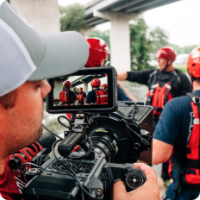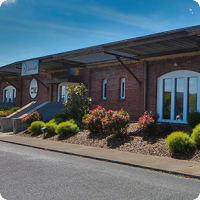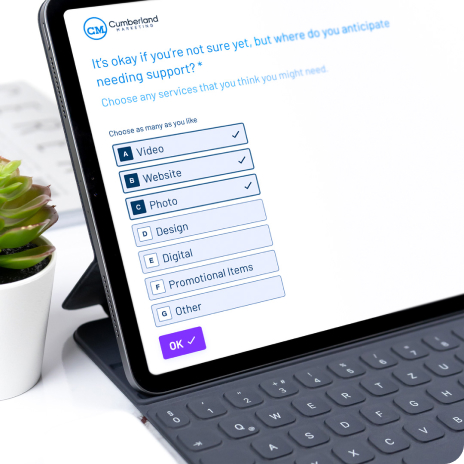This is a friendly reminder, lighting matters!
When it comes to filming an interview, proper lighting is essential. Not only can it make or break the look and feel of the final product, but it can also impact the mood and tone of the interviewee. In this article, we'll explore the importance of proper lighting in an interview setting and show you how to get standout results with just 4 lights.
Why lighting is key to looking like a star
Listen, we know what it's like to be on camera. It can be nerve-wracking, and the last thing you want is to look like a sweaty mess under those bright studio lights. But with the setup, we make sure that you look your best on camera.
Good lighting can do wonders for your appearance. It can help to accentuate your features, create depth and dimension, and even make you look more confident and authoritative. On the other hand, bad lighting can make you look tired, washed out, and just plain unprofessional. So, let's make sure we get it right!
1. Key Light
The key light is your main light. It's the star of the show and the one that sets the tone for the rest of the lighting setup. This light is usually positioned at about a 45-degree angle to the interviewee’s face and acts as the primary light source. A lot of our interviews call for a soft key light so we light to keep our Aperture P300c loaded with its softbox and broken again with a large sheet of diffusion to help eliminate harsh shadows (and wrinkles) on the face.
2. Hair Light
This light is usually positioned behind you and helps to create separation between you and the background. It can accentuate your hair or help you stand out from the background by falling onto the shoulders. Our go-to light for this is a Quasar Q20 battery-powered tube light…AKA the lightsaber.
3. Fill Light
Your fill light is like the wingman to your key light. It helps to balance out the shadows created by the key light and create a more even and balanced look. This light is usually positioned on the opposite side of the camera and is less bright than the key light.
Short on lights? Try using a white bounce or even placing the subject near a neutral-colored wall to bounce some of your key light back to your talent.
4. Back Light
The back light is the cherry on top of your lighting setup. Positioned behind the subject, it's the final touch that adds depth and dimension to the shot. The back light visually separates you from the background.
We often use our backlight with a gel or color-tunable light to add some color to the mix. A fresnel-style light can add a nice spot behind the subject that slowly feathers out.
That’s a wrap!
So, there you have it - the 4 types of lights we use for interview setups. By using key, hair, fill, and back lighting, we craft a cinematic and professional-looking shot that will knock the socks off your viewers. Now there’s only one question to ask yourself - are you ready to be a star?







